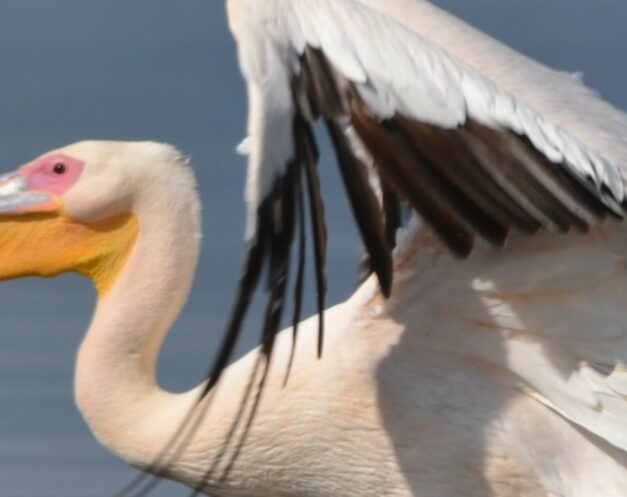Protecting flyways around the world for waterbirds and people

We work with a wide range of partners to conserve migratory waterbirds. We support the establishment and management of networks of protected wetlands along the migratory routes (flyways) of waterbirds. Through our flyways approach, we aim to improve the conservation of waterbirds and wetlands, while also benefiting people.
International conventions
At the global level, to manage migratory waterbirds and wetlands we work closely with two international conventions: the United Nations Environment Programme’s (UNEP) Convention on Migratory Species (CMS) and the Ramsar Convention on Wetlands. We chair the CMS Flyways Working Group responsible for advising the CMS on migratory bird conservation globally.
At the flyway level, we work closely with governments, research institutions, NGOs and others. Our work is exemplified by the following activities around the world:
- African-Eurasian flyway region. We provide strategic advice for the conservation of migratory waterbirds through our participation in the African-Eurasian Waterbird Agreement (AEWA). We are involved in the development of key publications and reports. From 2005 – 2010, we led a major collaborative international project that resulted in the creation of the Critical Site Network (CSN) Tool, a new online resource for the conservation of 294 species of waterbirds and the important sites upon which they depend in Africa and Western Eurasia. We have also been involved in the development of a Migration Mapping Tool with EURING to assess the risk of Avian Influenza being moved by wild birds. This is a fascinating resource for anyone who would like to know more about waterbird migration, providing a comprehensive series of maps, tables and back ground information.
- We support the regional and national training of site managers under AEWA with our comprehensive Flyway Training Kit. We are also raising public awareness of waterbirds through the development of a network of visitor centres in the region.
- Americas flyways. We participate in the Hemispheric Council of the Western Hemisphere Shorebird Reserve Network (WHSRN), the Waterbird Council for the Americas and Western Hemisphere Migratory Species Initiative. We developed the first flyway maps for several waterbird species in the Neotropics and provide technical support to the WHRSN and Waterbird Council.
- East Asian-Australasian Flyway (EAAF). As an initiating partner of the EAAF Partnership, we aim to conserve over 250 populations of migratory waterbirds, including many globally threatened populations. The Partnership provides an international framework for conservation and spans 135 network sites in 14 countries. We work to improve wetland management of important waterbird sites in the flyway including China, Indonesia, Japan, and Malaysia, and advise governments in other countries.
- Central Asian Flyway (CAF). We work closely with the CMS, governments and partners on an international action plan for migratory waterbirds and wetlands in the flyway. We are strengthening the management of wetlands at several important sites, particularly on the Indian subcontinent.
This work is underpinned by our global waterbird monitoring programme, a long standing field-based information collection and reporting initiative that spans over 140 countries and is implemented by tens of thousands of volunteers.
